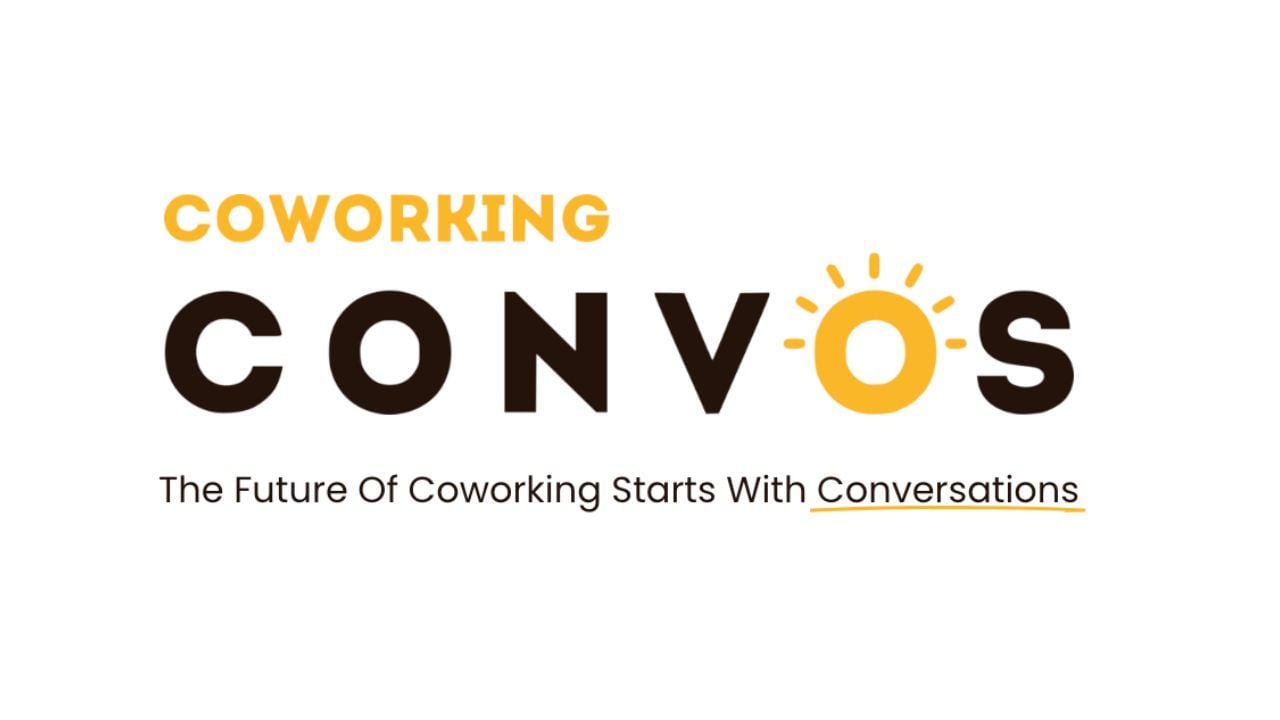When it comes to the modern workplace, it’s all about creating the perfect experience for the end-user.
“What I’ve seen is a huge, huge emphasis on experience in the workplace. All of this is being driven by the war for talent and the desire to increase employee satisfaction and productivity.” – Bernice Boucher, Managing Director of Workplace Strategy at JLL
Though as a flexible workspace operator you might not be as concerned with the war for talent, you should be concerned about the type of experience your workspace has to offer. The Corporate market remains one of the least exploited within the workspace-as-a-service industry; however, this is rapidly changing and many operators are finding ways to align their services and spaces to the needs of large businesses and teams.
These larger companies and teams that are leveraging the power of serviced workspaces are typically highly concerned with the workplace experience. To attract these clients, your space should not only align with their workplace strategy, but also with their overall business strategy.
Aligning business and workplace strategy
Bernice Boucher, Managing Director of Workplace Strategy at JLL, shared with Allwork the way she and her team develop an effective workplace strategy.
“When I discuss with my clients, essentially what we are trying to do is to align the workplace strategy with what their business wants to achieve. When working with clients, we ask them to determine what is the leadership vision around 4 key aspects.”
Workspace operators need to know these 4 key aspects to understand what this type of client expects from a workplace, as well as to find ways in which their space can successfully cater to these business needs.
Boucher outlined the 4 aspects that JLL focuses on.
Financial
How is the company looking to increase revenue or decrease operational costs? “Everyone is looking at how to make more money and also decrease operation costs, so that margin can help grow the business and allow for more investment opportunities.”
People Strategy
How is the company trying to attract and retain talent? How is the company trying to increase engagement? Is the company considering restructuring the organization? “If a client is trying to attract an individual that has this skill, this personality, and is part of this generation, then these considerations will greatly impact the workplace and its design.”
Process
What is the company’s business process? How is the company getting people together to generate more ideas, innovate products, and increase market share? How is the process actually helping the company develop new services, respond to customers, and do quality control? “The workspace and technology available need to enable businesses to carry out their processes, right down to the nitty-gritty.”
How can your flexible workspace accommodate these requirements ?
Client value proposition
What is the story the company tells? How does the workspace tell this story? How do you create better client-company engagement? “The idea is to fully understand what your golden objectives are when it comes to clients.”
Once the individual goals of each of these four aspects are determined, companies can successfully define their workplace strategy. From here companies can choose to transform their current offices, go hunting for new locations and buildings, or leverage the power of serviced workspaces.
For companies to consider serviced workspace as a viable solution, these spaces need to answer to their individual needs in the above mentioned aspects. Operators should also implement these aspects into their own workplace strategy in order to design spaces that are conducive to engagement, productivity, and revenue.

 Dr. Gleb Tsipursky – The Office Whisperer
Dr. Gleb Tsipursky – The Office Whisperer Cat Johnson – Coworking Marketing Maven
Cat Johnson – Coworking Marketing Maven Angela Howard – Culture Expert
Angela Howard – Culture Expert Drew Jones – Design & Innovation
Drew Jones – Design & Innovation Andrea Pirrotti-Dranchak – Competitive Advantage
Andrea Pirrotti-Dranchak – Competitive Advantage Jonathan Price – CRE & Flex Expert
Jonathan Price – CRE & Flex Expert Jeremy Fennema – Tech Innovation Alchemist
Jeremy Fennema – Tech Innovation Alchemist











